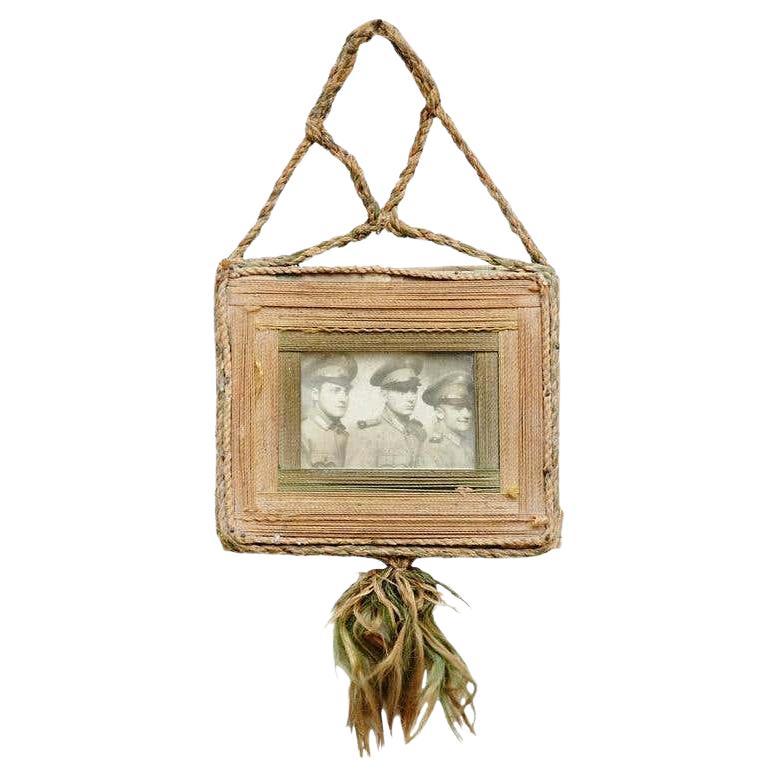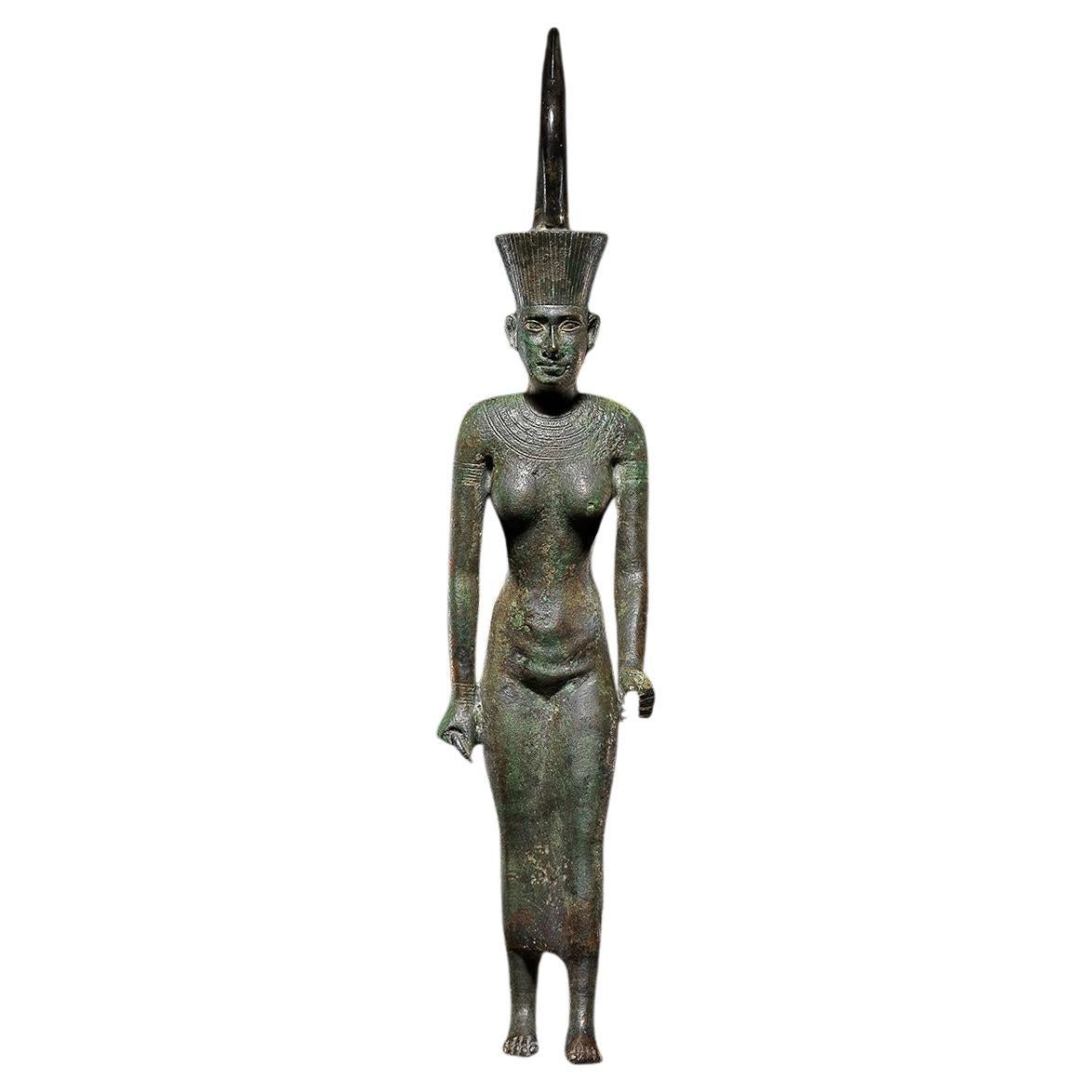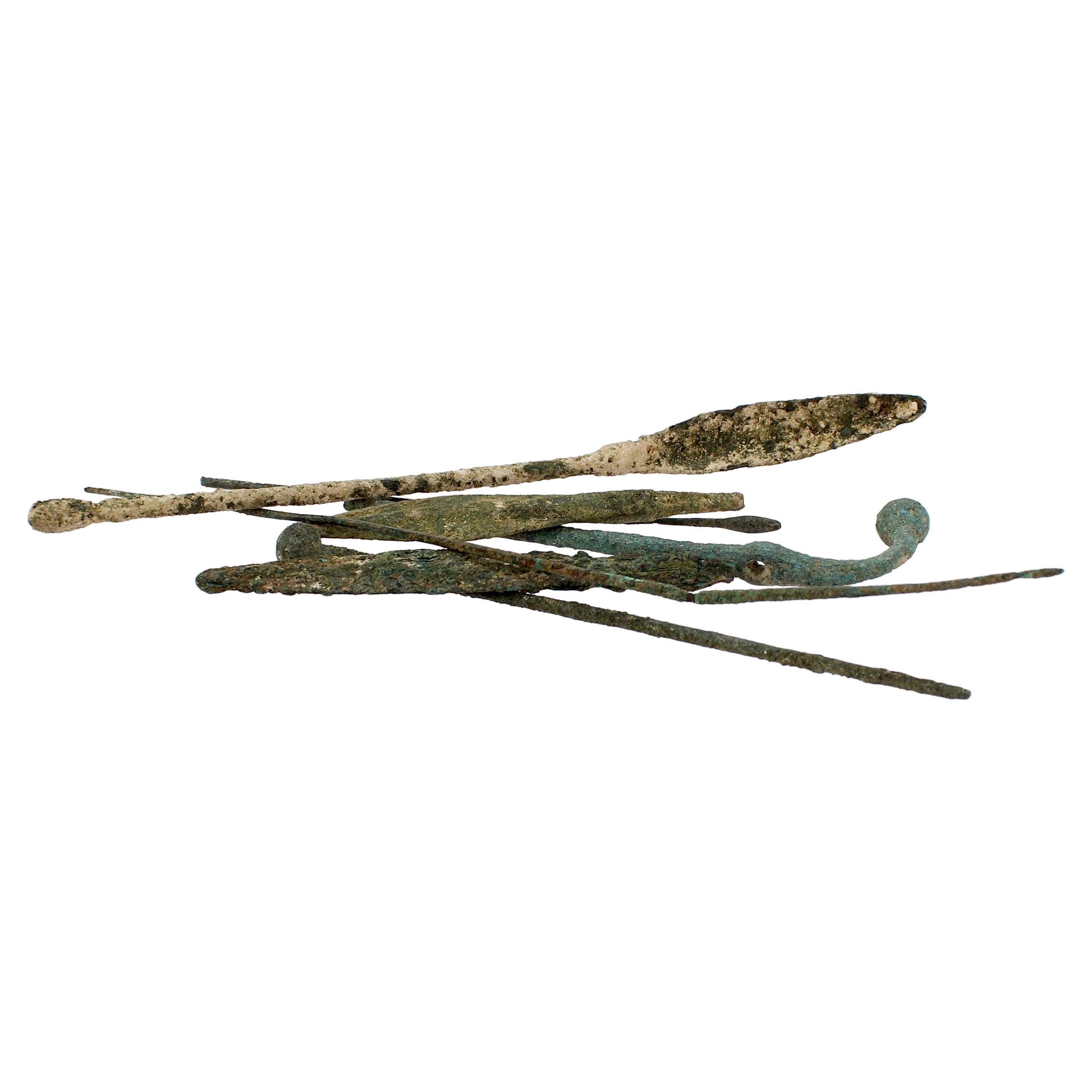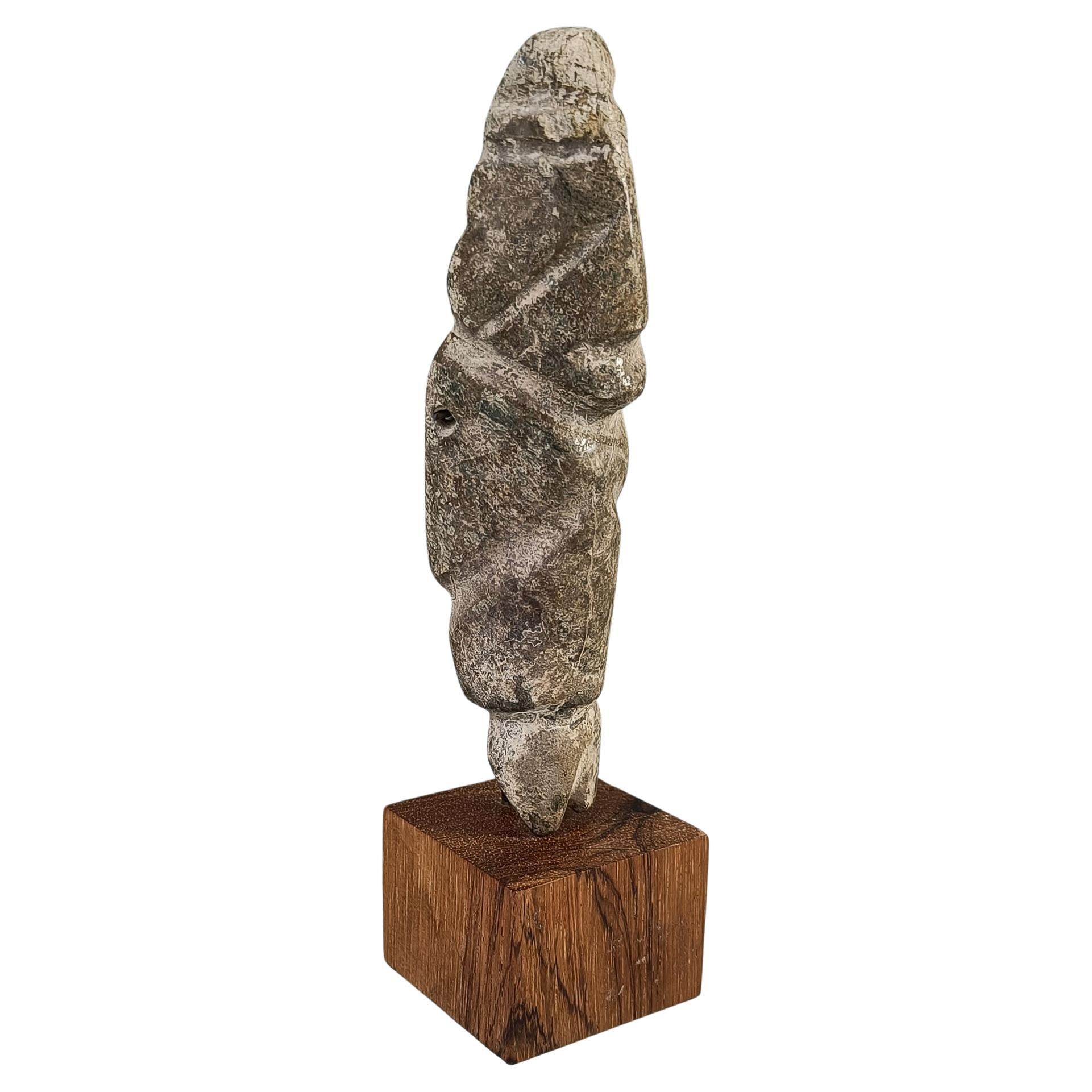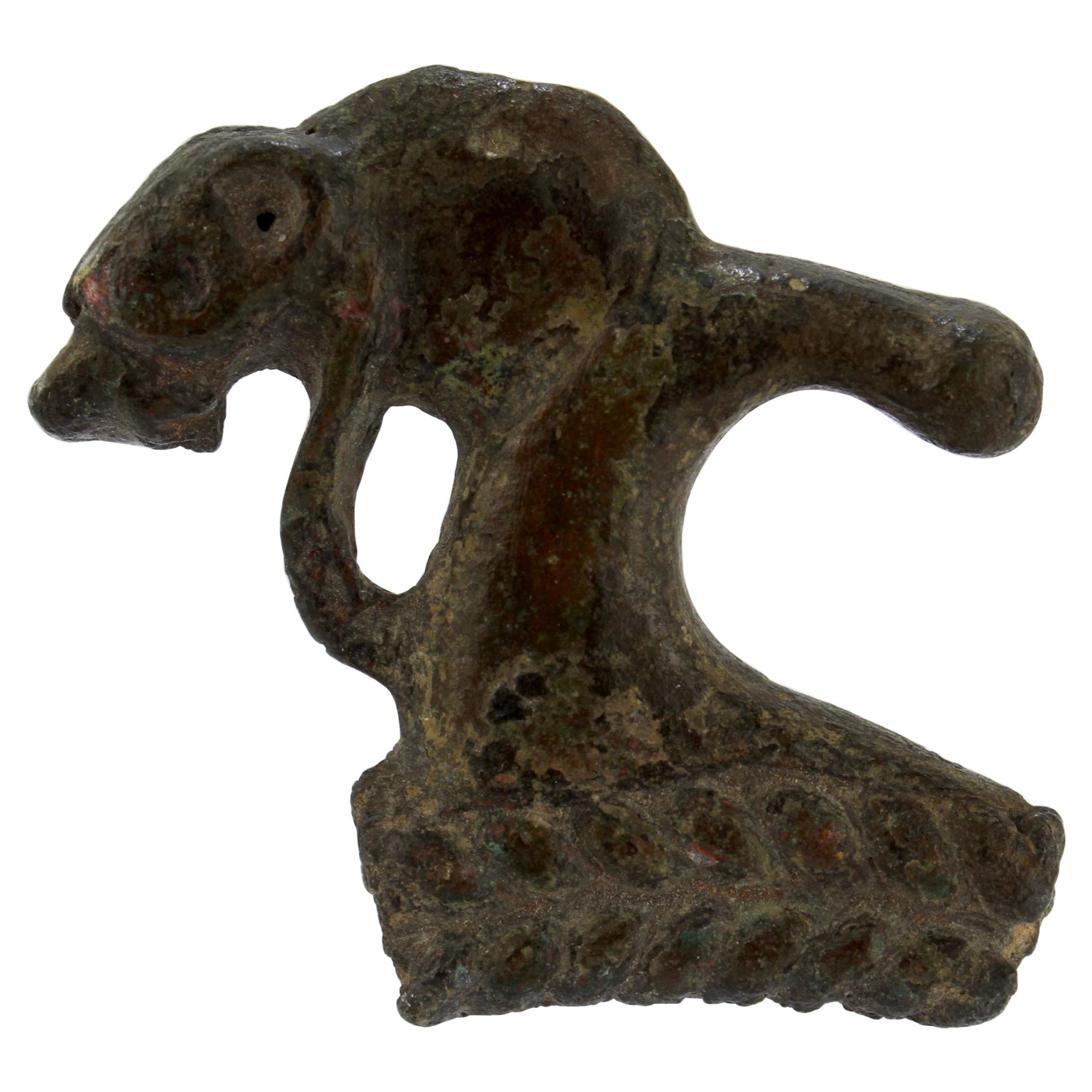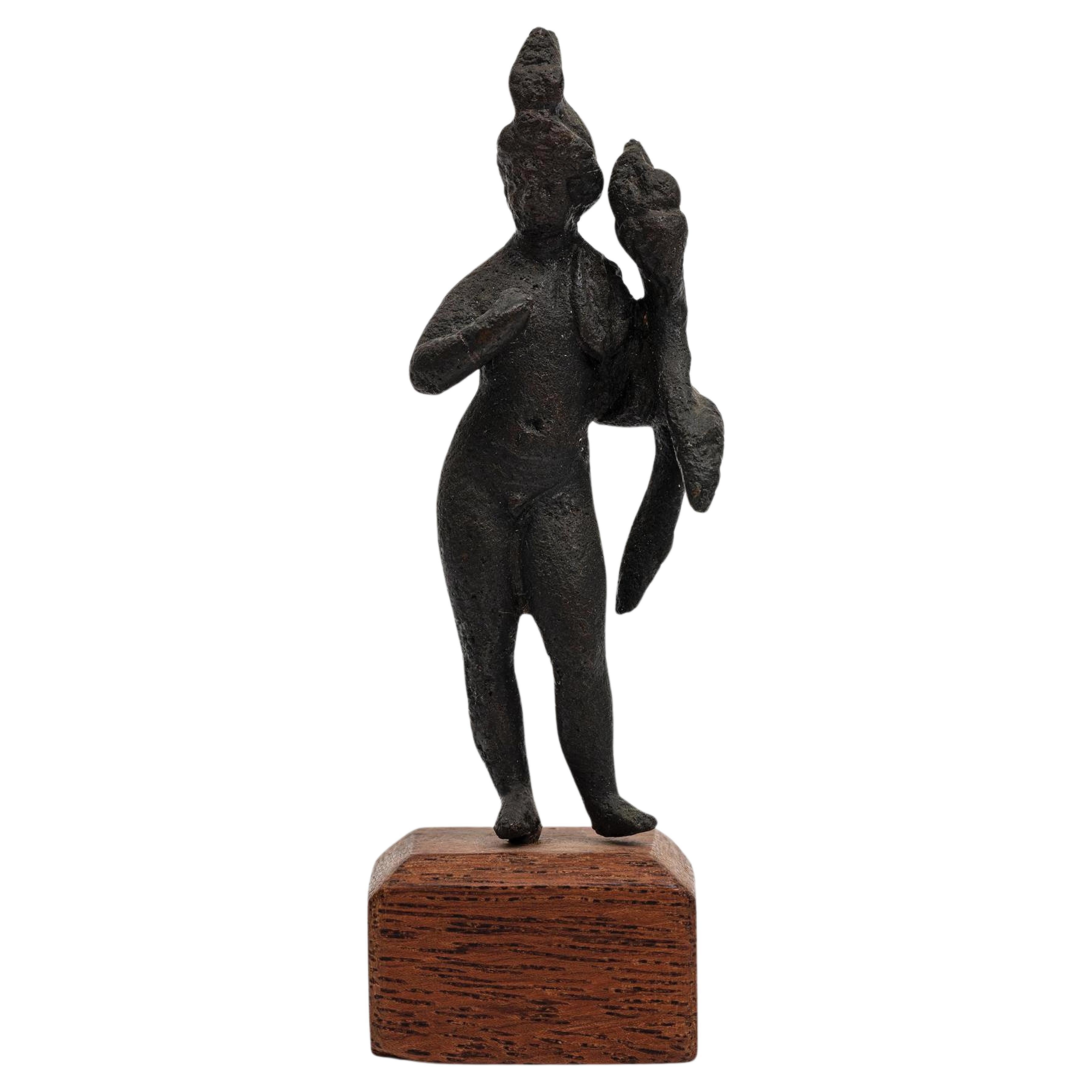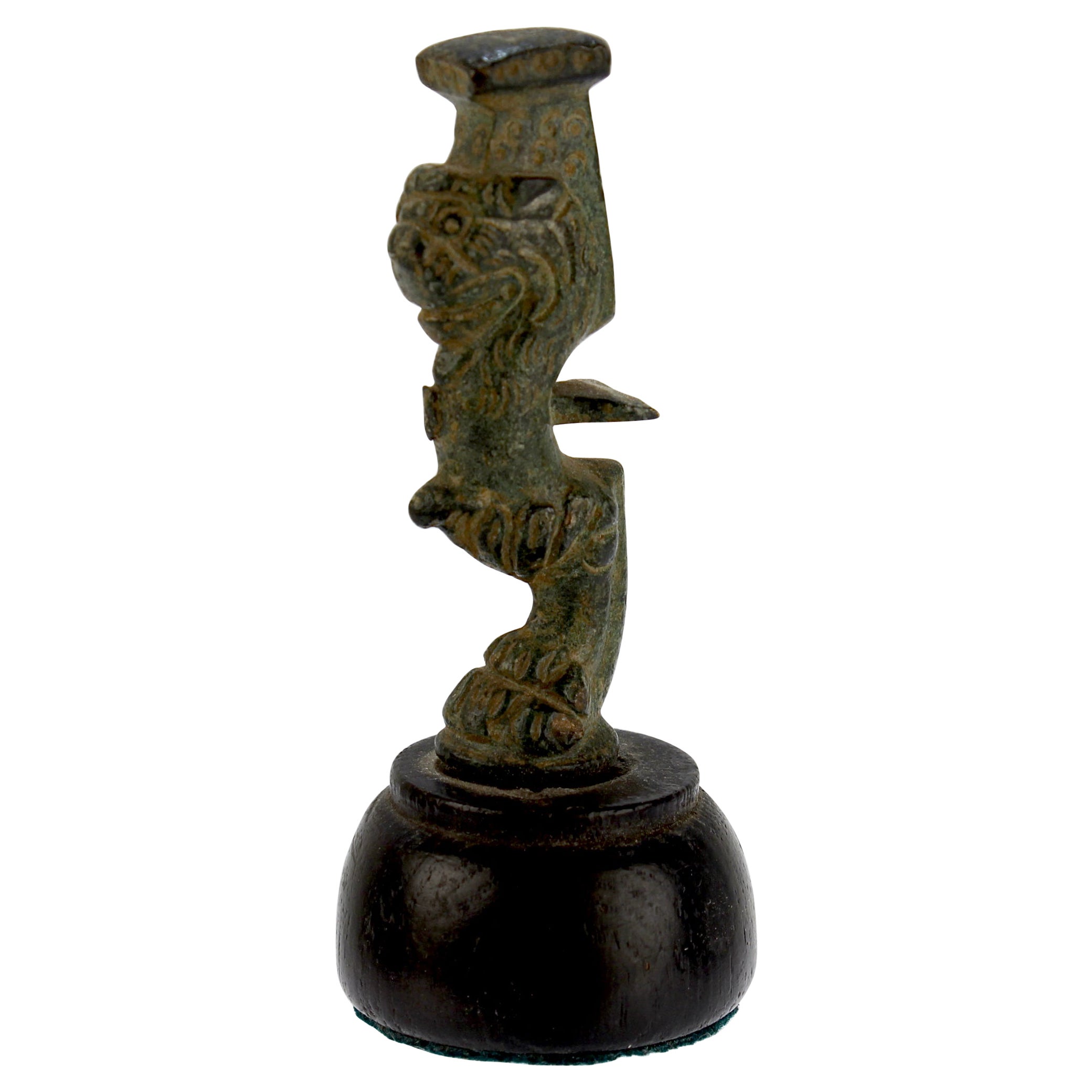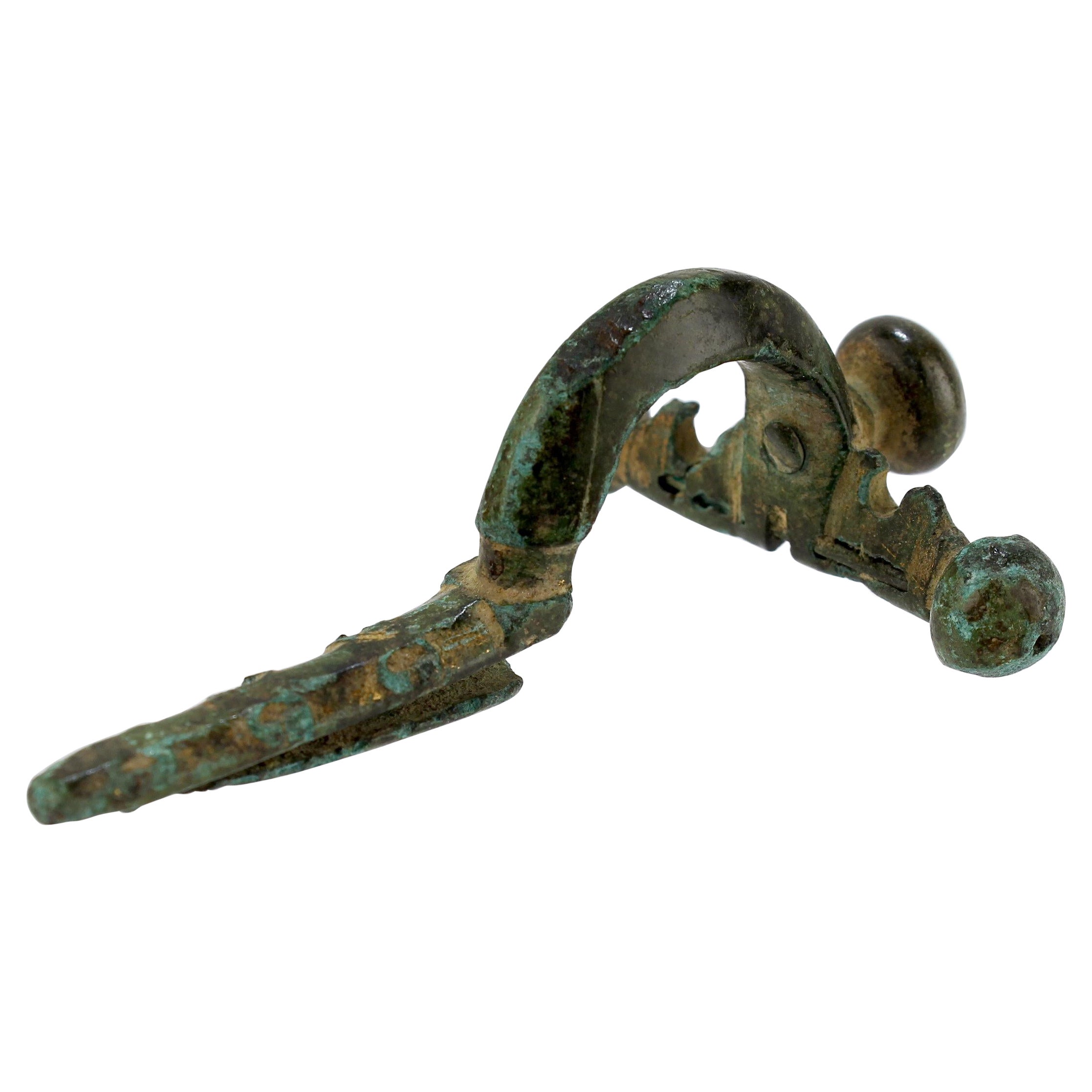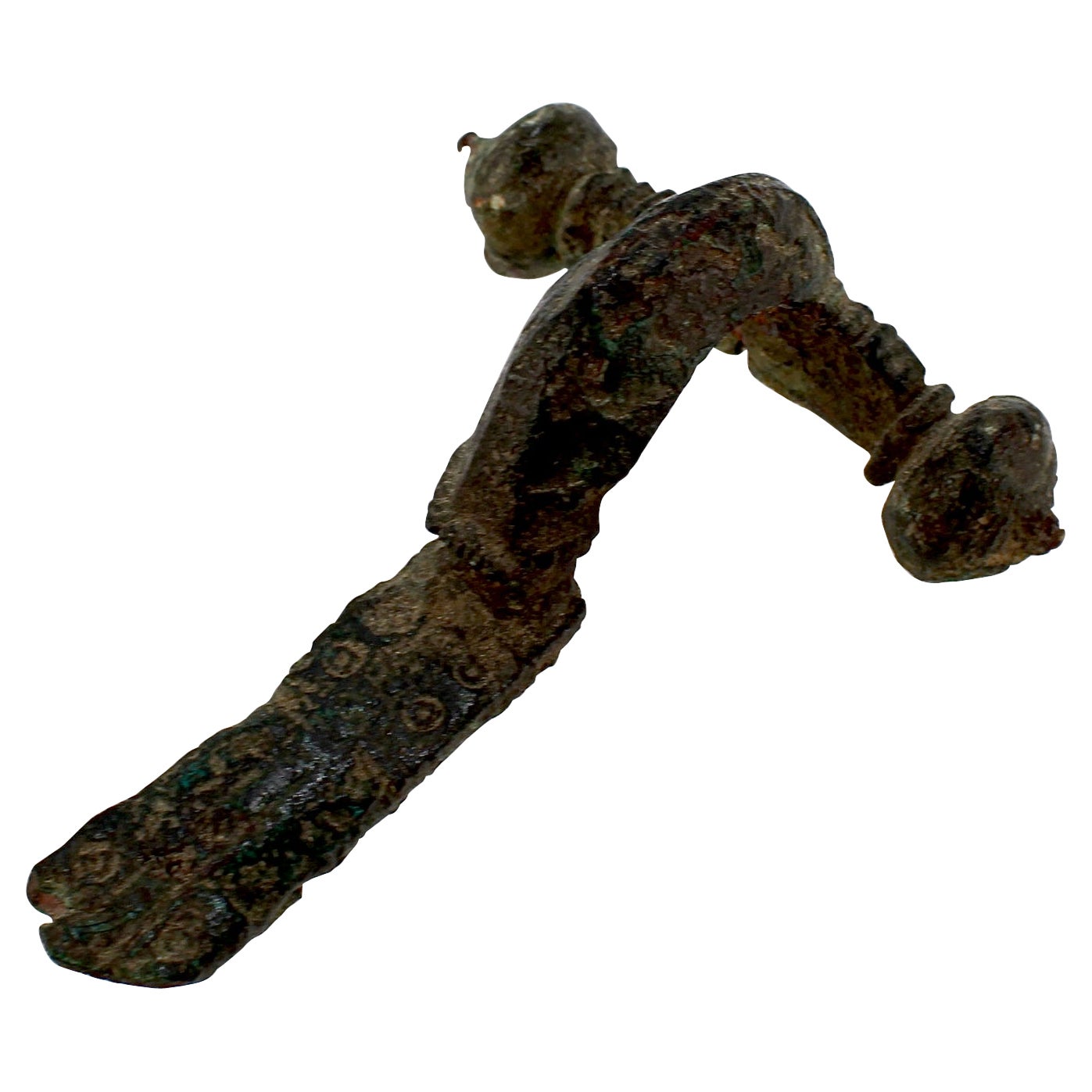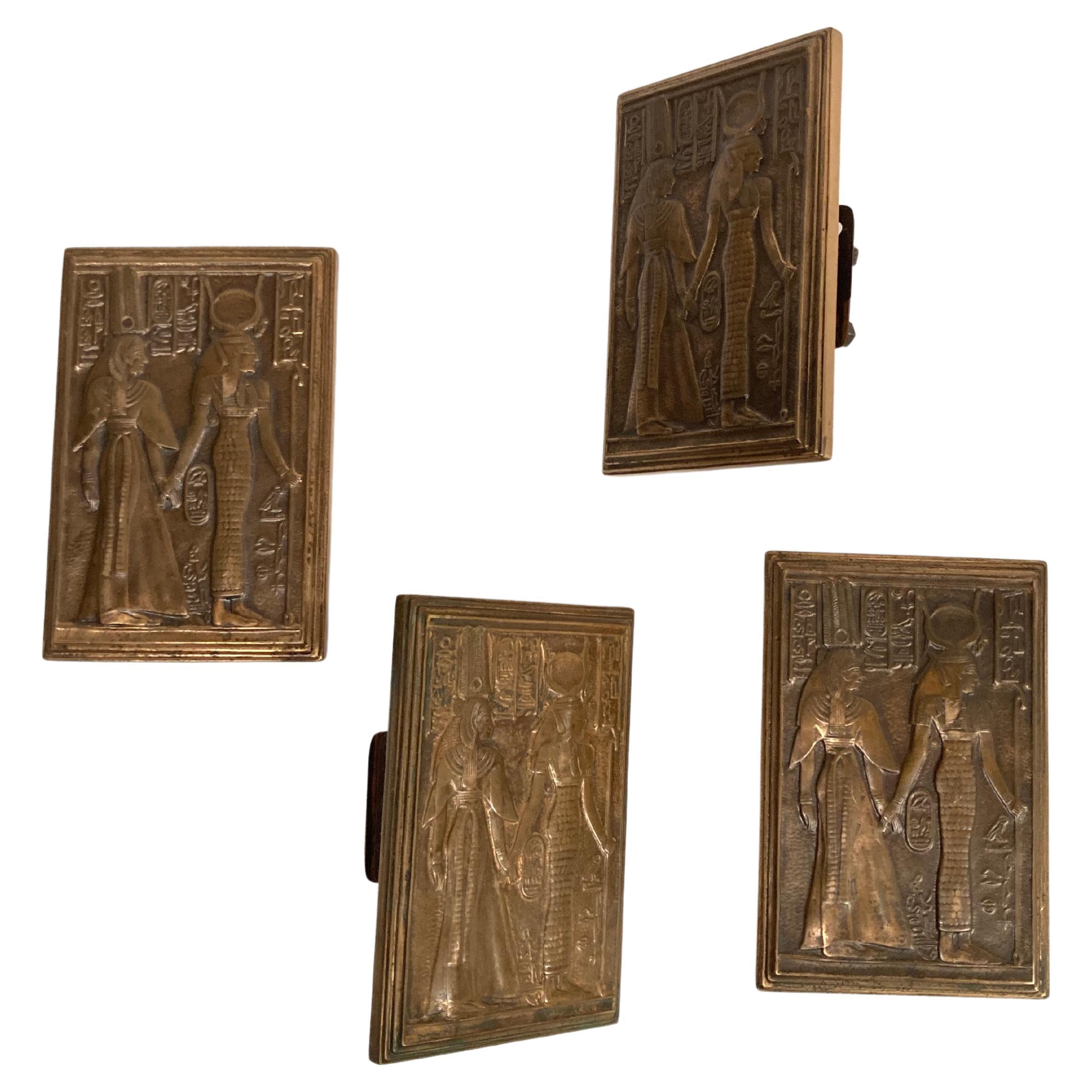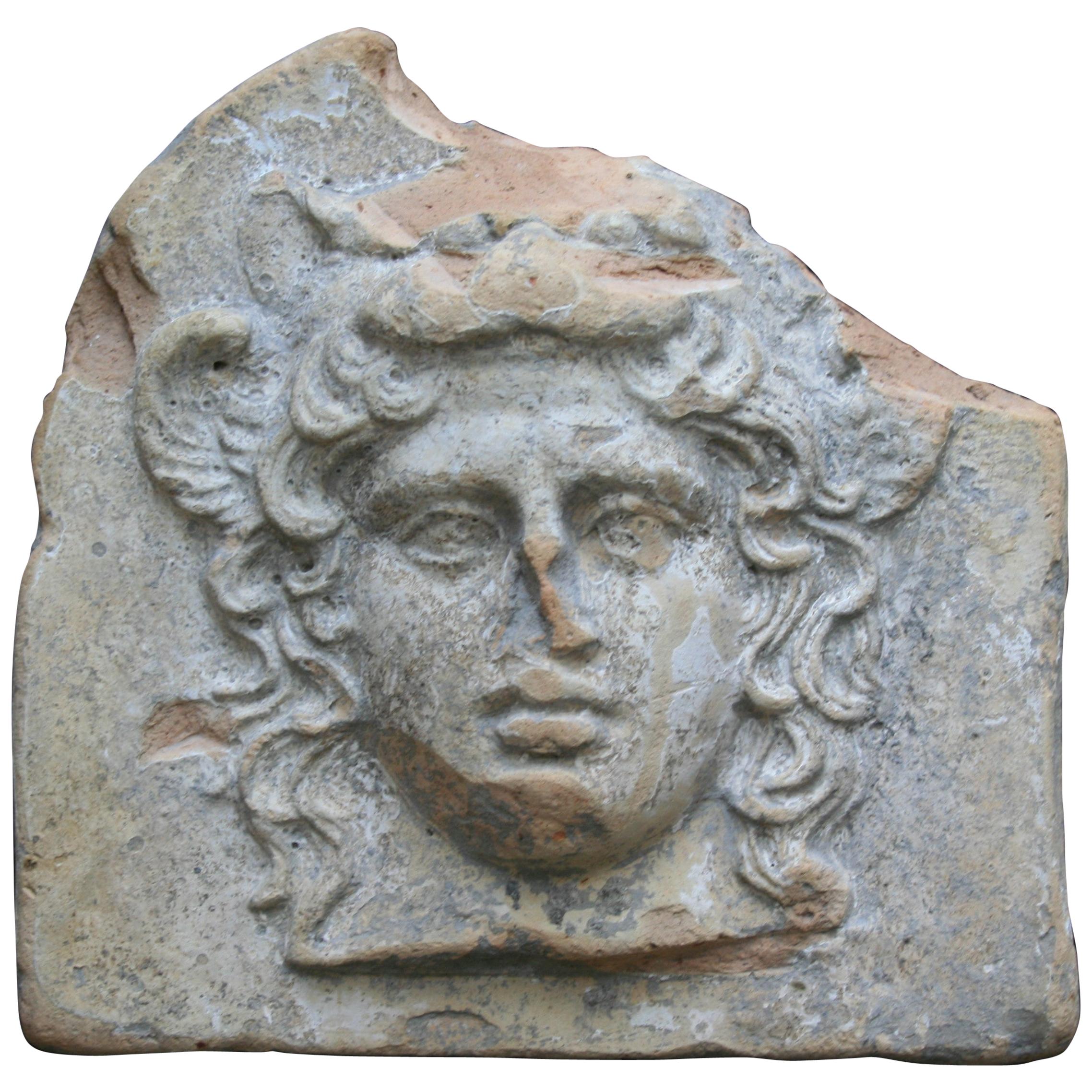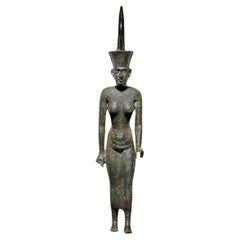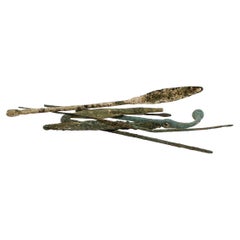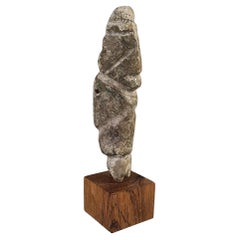
Ancient Egyptian Bronze Statuette of the God Osiris
View Similar Items
1 of 7
Ancient Egyptian Bronze Statuette of the God Osiris
About the Item
- Dimensions:Height: 7 in (17.78 cm)
- Materials and Techniques:
- Place of Origin:
- Period:
- Date of Manufacture:Late Period, Ca 715 to 300 BC
- Condition:
- Seller Location:New York, NY
- Reference Number:Seller: 101041stDibs: 130228942250
You May Also Like
- Statuette of the Goddess NeithLocated in London, GBBronze statue of the goddess Neith, striding, her left foot extended forward. Her left hand is extended forward and formally held a papyrus sceptre, a fragmentary ankh is visible in her right hand. She wears a close-fitting sheath dress, incised with a broad usekh collar, and carefully engraved bracelets and armlets. On her head is the Red Crown of Lower Egypt, decorated with vertical striations and restored spiral and spire. Her face is finely molded, with a broad upturned nose and electrum-overlaid eyes and eyebrows. Neith was one of the earliest recorded gods in the Egyptian pantheon, worshipped from early in the Predynastic era through to the arrival of Roman rule. A war goddess and goddess of weaving, she was the patron goddess of the Red Crown of Lower Egypt and the city of Zau (Sais, in the 5th Nome of Lower Egypt) in the Delta. A powerful and popular goddess, she was, according to the Iunyt (Esna) cosmology, the creator of the world and the mother of the sun, Ra. This made her the mother of all of the gods, who often came to her to settle their disputes. Her symbols are the bow and arrows and a sword and shield as a war goddess, a weaving shuttle as a funerary goddess, and the Red Crown of Lower Egypt as the goddess of creation and mother goddess. She is usually depicted as a woman wearing the Red Crown of Lower Egypt, however, she is occasionally depicted as a cow in connection with her role as the mother of Ra. The use of electrum, a naturally occurring alloy of gold and silver sometimes called ‘green-gold’, for the eyes speaks to the high status of the object. Electrum had been used by the Egyptians since at least the 3rd millennium B.C., but, give its rarity, was reserved for the most expensive and important objects. Most electrum used in Egypt was imported from Nubia, though some was found there. Published: Parke-Bernet Galleries, New York, February 25th, 1971, no. 70, illus. Sotheby’s, New York, June 5th, 1999, no. 31, illus. David Aaron Ltd...Category
Antique 15th Century and Earlier Egyptian Egyptian Antiquities
MaterialsBronze
$129,716 - Group of Ancient Roman Bronze Tools & Hair PinsLocated in Philadelphia, PAA fine group of ancient Roman bronze implements and artifacts. Consisting of pins & several small scale tools. From the private collection of Lawrence Majewski, who was a former co...Category
Antique 15th Century and Earlier Italian Classical Roman Antiquities
MaterialsBronze
- Pre Columbian Mezcala Stone Pendant Axe god Figure Ancient MexicoLocated in London, GBPre Columbian Mezcala Stone Pendant Axe god Figure Ancient Mexico Pre-Columbian, Southern Mexico, Guerrero region, Mezcala culture, ca. 600 to 100 BCE A abstract serpentine figur...Category
Antique 15th Century and Earlier Mexican Antiquities
MaterialsStone
- Ancient Roman Bronze Handle or ArtifactLocated in Philadelphia, PAAn antique or ancient Roman bronze element. This piece was an element of a vase or possibly handle to something larger. It has the head of...Category
Antique 15th Century and Earlier European Classical Roman Antiquities
MaterialsBronze
- A Small Egyptian Bronze Statue of Harpocrates, Roman periodLocated in ARMADALE, VICA Small Egyptian Bronze Statue of Harpocrates, Roman period, 30 BC - 1st century AD The left hand holds the horn of abundance. Provenance: So...Category
Antique 15th Century and Earlier European Greco Roman Antiquities
MaterialsBronze
- Ancient Roman Bronze Leg or Artifact / ElementLocated in Philadelphia, PAA fine Ancient Roman bronze element. It appears to be a leg or support for a larger structure. The leg has a hoofed foot that supports a li...Category
Antique 15th Century and Earlier European Classical Roman Antiquities
MaterialsBronze
